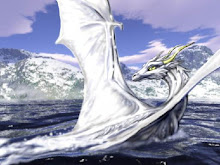The number nine figures in many aspects of dragon worship in Chinese culture, for example, the nine ways in which they are shown:
- On the screws of fiddles because they are said to like music
- On top of bells and gongs, because they call out loudly
- On the bottom of stone statues, since dragons can support heavy weights
- On the top of writing tablets, because dragons are fond of literature
- On bridges, because dragons are associated with water
- On the eaves of temples, because dragons guard against danger
- On Buddha’s throne, where dragons rest
- On prison gates, which represent trouble-making dragons
- On the hilt of swords, because dragons can slaughter their enemies

No comments:
Post a Comment